Emerging Technologies and Innovations
The integration of emerging technologies, such as artificial intelligence and the Internet of Things, is reshaping the aerospace and defense industry. These innovations necessitate the use of advanced passive electronic components to support enhanced functionalities and connectivity. For instance, passive components play a crucial role in sensor systems, data processing units, and communication devices. As the industry evolves, the demand for miniaturized and high-performance Passive Electronic Components market applications is expected to increase. This trend is likely to drive research and development efforts aimed at creating next-generation components that can meet the evolving needs of modern aerospace systems.
Increased Demand for Advanced Avionics
The aerospace and defense industry is witnessing a marked increase in demand for advanced avionics systems, which rely heavily on passive electronic components. These components are essential for ensuring the reliability and performance of navigation, communication, and control systems. As military and commercial aircraft become more sophisticated, the need for high-performance passive components, such as capacitors and resistors, is expected to rise. According to industry estimates, the avionics market is projected to grow at a compound annual growth rate of approximately 5.5% over the next five years. This growth is likely to drive the demand for Passive Electronic Components market applications, as manufacturers seek to enhance system capabilities while maintaining stringent safety standards.
Growing Focus on Military Modernization
Military modernization initiatives across various nations are driving the demand for advanced technologies, including passive electronic components. As defense budgets increase, there is a concerted effort to upgrade existing systems and develop new platforms that incorporate state-of-the-art technologies. Passive electronic components are integral to these systems, providing essential functions in radar, communication, and electronic warfare applications. The defense sector's focus on enhancing operational capabilities and maintaining technological superiority is likely to result in a sustained demand for Passive Electronic Components market applications, as military organizations seek to leverage advanced technologies to improve mission effectiveness.
Regulatory Compliance and Safety Standards
The aerospace and defense industry is subject to rigorous regulatory compliance and safety standards, which significantly influence the demand for passive electronic components. Components such as capacitors, inductors, and resistors must meet stringent specifications to ensure operational reliability and safety in critical applications. Regulatory bodies, including the Federal Aviation Administration (FAA) and the European Union Aviation Safety Agency (EASA), impose strict guidelines that manufacturers must adhere to. This regulatory landscape creates a consistent demand for high-quality Passive Electronic Components market applications, as companies strive to meet compliance requirements while ensuring the safety and performance of their systems.
Sustainability and Environmental Considerations
The aerospace and defense industry is increasingly prioritizing sustainability and environmental considerations in its operations. This shift is influencing the design and manufacturing of passive electronic components, as companies seek to reduce their environmental footprint. The adoption of eco-friendly materials and processes is becoming more prevalent, with manufacturers exploring options that minimize waste and energy consumption. As sustainability becomes a key focus, the demand for Passive Electronic Components market applications is expected to grow, as organizations aim to align their operations with environmental standards and consumer expectations for greener technologies.



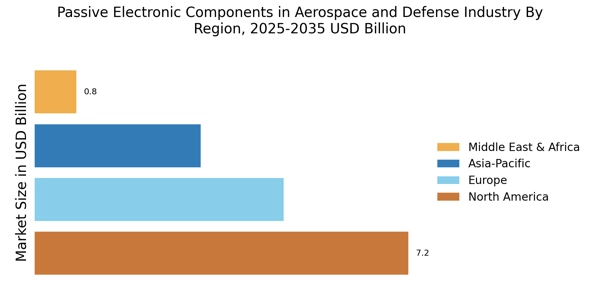
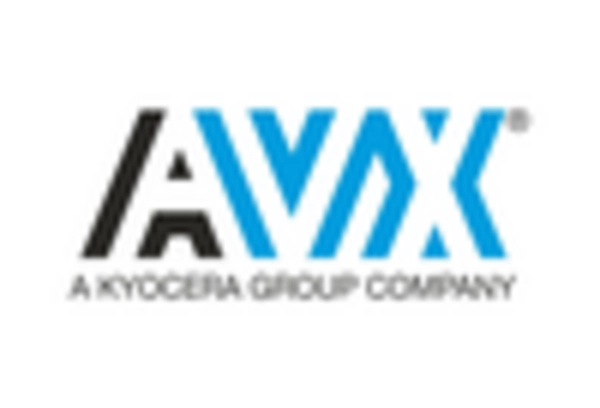

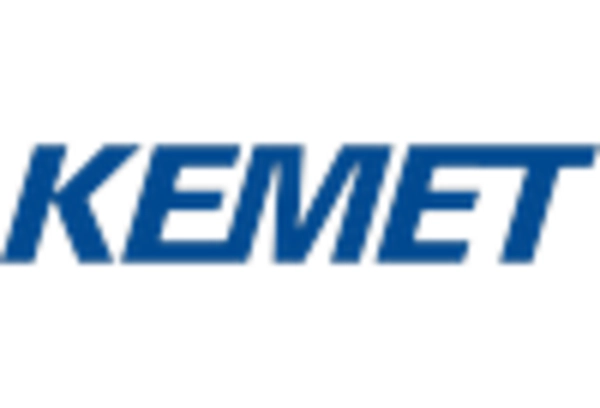
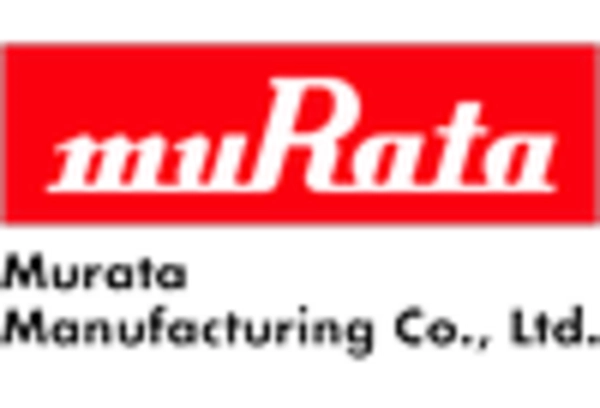
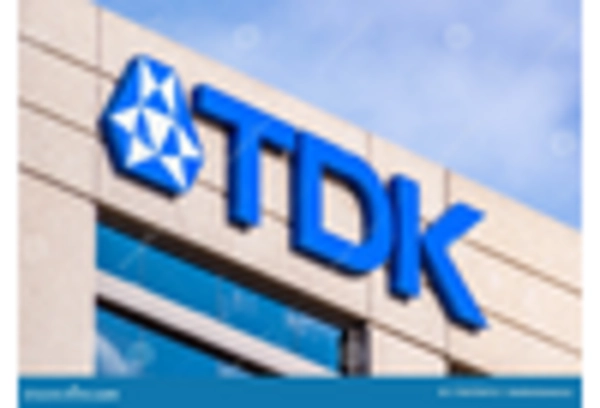
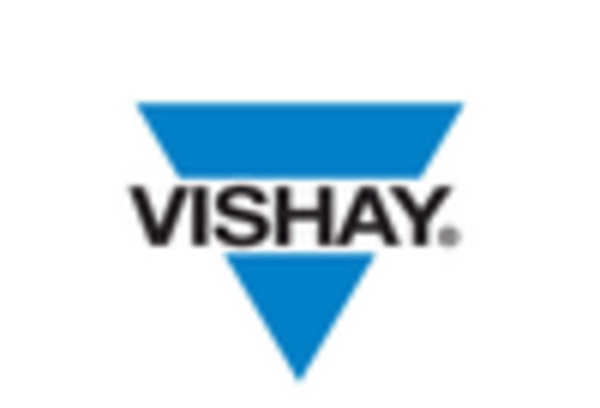








Leave a Comment